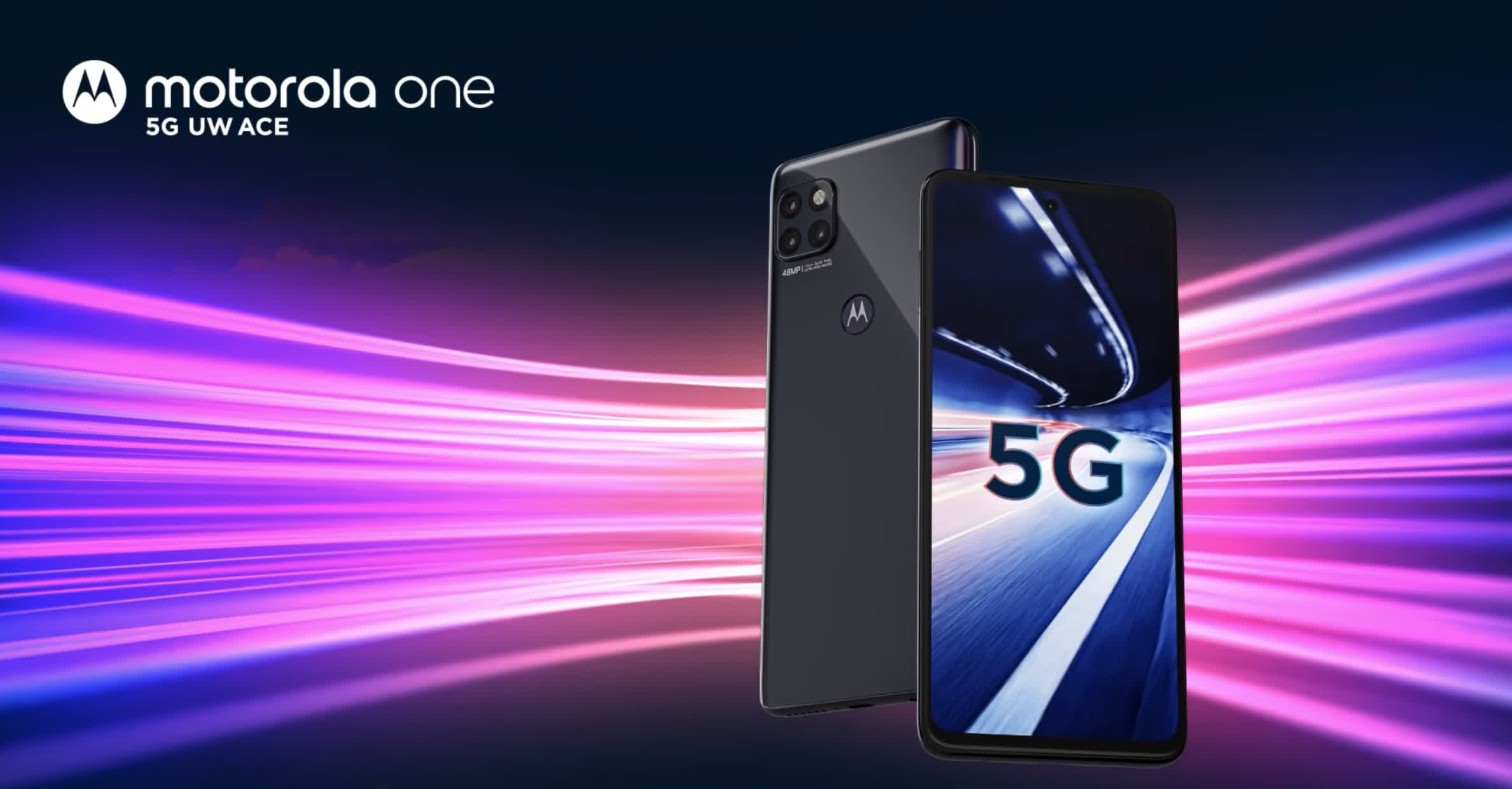In context: Electronics manufactures have been putting a lot of focus on spatial audio technologies lately. It seems everyone has their own take on it, all with different names. Dolby has Atmos. Sony calls its solution "Tempest 3D AudioTech." Apple's is Spatial Audio, which has become a colloquial term for the tech synonymous with 3D audio or surround sound.
On Wednesday, Verizon introduced the Motorola One 5G UW Ace. The phone features Verizon's 5G ultra-wideband, a 5,000mAh battery, a 48MP camera with "Quad Pixel" technology, and ThinkShield security features. But Verizon went to great, albeit cringe-worthy, lengths to tout the phone's built-in Adaptive Sound (video below).
Adaptive Sound is Verizon's take on spatial audio. It's not exactly new tech, but it has been picking up steam lately, largely thanks to Dolby and Apple. Spatial audio is essentially surround sound without all the extra speakers. It works through headphones, soundbars, or any other output device connected to the phone. It supports Dolby Atmos-enabled content, but Verizon says that it is not limited to Dolby's tech.
The technology is baked into the device's firmware, so it can be used by any app that includes audio without the app maker having to patch its software to take advantage of it.
"To experience Verizon Adaptive Sound, simply use your favorite applications to play your music, video, or game, and it will automatically optimize the content for your listening device. You can also manually control different settings like treble, bass, spatial, voice, etc."
Right now, Adaptive Sound is only available on the new Motorola phone. However, Verizon promised it's coming to future phones and existing devices through a firmware update. It did not have a timeframe for when the software update would come.
The Motorola One UW Ace is available starting July 8 (today) for $300. Visit Verizon's website for full specs and more information.
